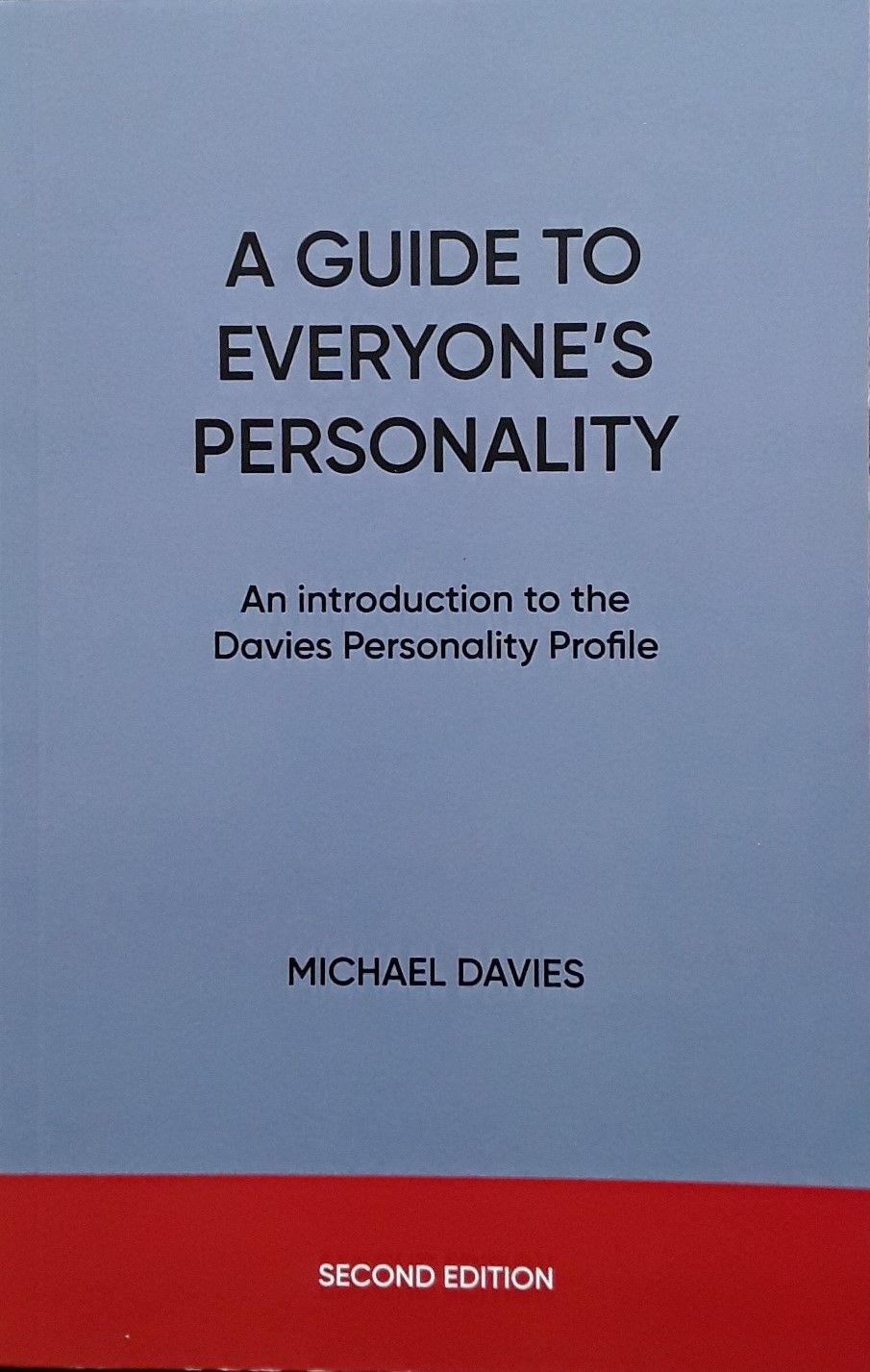HUNTER-GATHERER ENVIRONMENTAL VARIABILITY THEORY
A new theory to unify the social sciences
Three books to progress social science



"Humankind has the deliberate behaviour patterns of a reasoning, social, nomadic, tool-using, omnivorous hunter-gatherer who was adapted to environmental variability."
The idea
The idea, which is called hunter-gatherer environmental variability theory, is:
Humankind has the deliberate behaviour patterns of a reasoning, social, nomadic, tool-using, omnivorous hunter-gatherer who was adapted to environmental variability.
This social science theory was first published in Humankind the Gatherer-hunter: From Earliest times to Industry by Michael, Henry and Kathryn Davies (1992) (ISBN: 0951944509).
" ... Karl Popper’s (1902-94) criterion of refutability for a scientific theory is fully satisfied."
Hunter-gatherer environmental variability theory: a scientific theory
In hunter-gatherer environmental variability theory, the patterns in deliberate human behaviour are identified and explained scientifically on the basis that humankind has the deliberate behaviour patterns of a reasoning, social, nomadic, tool-using, omnivorous hunter-gatherer who was adapted to environmental variability.
The theory meets the methodological requirements of a scientific explanation. In particular, Karl Popper’s (1902-94) criterion of refutability for a scientific theory is fully satisfied. In social science, the task is to describe and explain deliberate behaviour. In hunter-gatherer environmental variability theory, the explanation consists of identifying the patterns in deliberate behaviour and establishing whether these are those of a reasoning, social, nomadic, tool-using, omnivorous hunter-gatherer who was adapted to environmental variability. The patterns which are, as a result of research, actually identified in the behaviour may be demonstrably not those of a hunter-gatherer who was adapted to environmental variability. In this case, hunter-gatherer environmental variability theory would be refuted. Accordingly, Popper’s criterion of refutability for a scientific theory is met.
" Thus, the social sciences would be unified both in theory and methodology. "
The unification of social science
The subject matter of hunter-gatherer environmental variability theory consists of explaining patterns in human deliberate behaviour during the last c. 12,000 years. During this period, humans, who, as far as can be established, were not significantly different from present-day humans, changed their hunter-gatherer economy first to agriculture and then to industry.
If human deliberate behaviour during the last
c. 12,000 years could be explained on the basis of hunter-gatherer environmental variability theory, then the social science academic disciplines, including anthropology, archaeology, economics, history, psychology and sociology, would necessarily be brought within the same theoretical framework. Thus, the social sciences would be unified both in theory and methodology.
The beginnings of hunter-gatherer environmental variability theory
From 1992, Michael, Henry and Kathryn Davies have shown in detail that humankind has the individual, social and societal deliberate behaviour patterns of hunter-gatherers who were adapted to ongoing, abrupt, dramatic environmental variability. In 2024, additional social science evidence for hunter-gatherer environmental variability theory was published in
Societies from Hunter-gatherer to Industrial
(Second Edition),
The Management of the COVID-19 Pandemic in England 2020-22 and
A Guide to Everyone’s Personality: An introduction to the Davies Personality Profile
(Second Edition). These three books form a trilogy.
The trilogy
In Societies from Hunter-gatherer to Industrial, hunter-gatherer environmental variability theory is utilised to explain social change from hunter-gatherer societies first to agricultural societies and then to industrialising and industrial societies. In The Management of the COVID-19 Pandemic in England 2020-22, there is a comprehensive description and explanation of the management of the COVID-19 pandemic in England which reveals the explanatory potential of hunter-gatherer environmental variability theory. Societies from Hunter-gatherer to Industrial and The Management of the COVID-19 Pandemic in England 2020–22 are, in effect, volumes one and two of the same work.
A Guide to Everyone's Personality: An introduction to the Davies Personality Profile completes the trilogy. In this book, humankind’s diverse personalities are fully described and explained on the basis of hunter-gatherer environmental variability theory.
" ...the explanation of humankind's origin as a result of evolution by natural selection is part of biology, not of social science."
Human origins and social science
Social science is the study of human individual, social and societal deliberate behaviour, for example, at its widest, explaining scientifically humankind’s deliberate behaviour during the last c. 12,000 years.
Biology is the study of all living organisms, including their origin. Consequently, the explanation of humankind's origin as a result of evolution by natural selection is part of biology, not of social science. Nevertheless, biological explanations of human origins and the explanation of human deliberate behaviour in social science should desirably be consistent with each other with regard to the importance of environmental variability. Archaeological research during the last 40 years has established this consistency.
A biological explanation of
the origins of humankind
Archaeologists, working within the field of biology, have now amassed considerable evidence that humankind and its ancestors (hominins) evolved by natural selection in highly variable environments. Specifically, the pioneering archaeological researches in East Africa of Dr Richard Potts, the Director of the Human Origins Program at the Smithsonian Institution’s National Museum of Natural History, are of fundamental importance to understanding hominin origins. Moreover, since 1996, Potts and others have published evidence which correlates increasing hominin brain size and behavioural complexity with ever more environmental, mainly climatic, variability. [See the Smithsonian Institution’s Museum of Natural History website: Human Evolution Research, Climate and Human Evolution – https://humanorigins.si.edu/research/climate-and-human-evolution.]
The earliest evidence yet discovered of humankind has been found in East Africa and has been dated to
c. 300,000
BP, which was a period of intense environmental variability in the region.